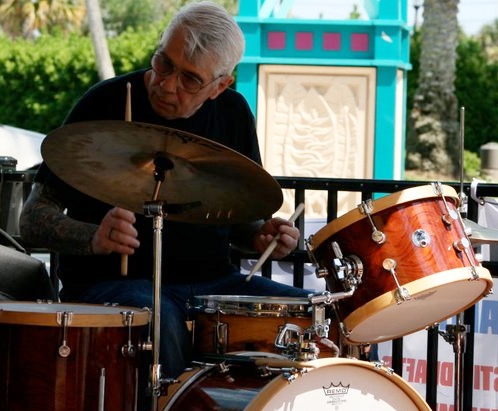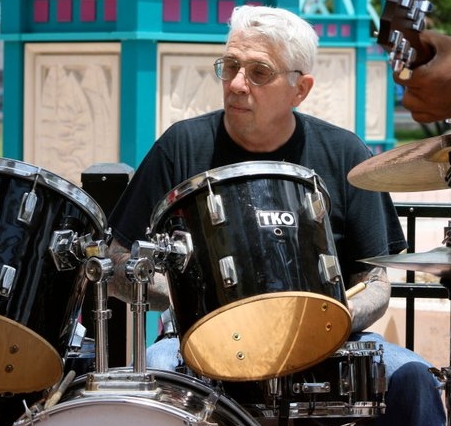This post will discuss dynamics as they relate to music. I am going to cover the absolute basics to lay the foundation for tying it all together in future posts.
The goal is to make you aware of some fundamental characteristics of your instrument, and how to use those characteristics to their best advantage.
Characteristics: drums are not [normally] a melodic instrument. While you can play the melody - see More Quick Tips (fills, dynamics and melody) - you are not concerned with the melody as a series of tones with specific note values. That is not to say that the two elements of a melody, pitch and rhythm, are unimportant. They are. In fact, pitch is one of the fundamental characteristics of your instrument. The rhythm is what you, the drummer, provides. Here is what your instrument brings to the ensemble and what you should know how to accomplish:
- Dynamics - the ability to play between very soft and very loud.
- Note style - staccato to legato (short and sharp to long and drawn)
- Change in dynamics, such as crescendo or going from soft to loud in a continuous, smooth build-up or the opposite called diminuendo. Those are gradual changes; there is also a sudden change, called subito, that would be a cymbal crash (as one example).

Ignore Velocity, which is not germane to this discussion, and compare the values expressed as P and F, and combinations of those, to the relative loudness those values represent.
Please note (and remember) that the table is truly relative. When applied to loud, amplified music, PPP could actually be construed to be yelling while FFF could be as loud as a jackhammer.
P stands for Piano and means soft. Repeating it is the same as saying very; i.e., PP would be very soft, and PPP would be very, very soft. The same applied to F, Forte, which means loud (FF meaning very loud and FFF meaning very, very loud.) The two designations - mp and mf - stand for mezzo-piano and mezzo-forte where mezzo means medium or moderately.
At this point you have three things:
- A list of the fundamental characteristics of your instrument
- An introduction to the basics of dynamics and their relative nature
- A basic vocabulary with which to express dynamic levels within a dynamic range

